Getting rid of bad smells with scented candles or sprays gives the surrounding air a chemical-like smell. However, modern innovations have shown us the efficiency of using bamboo charcoal air purifier bags. The science behind this invention relies on the natural odor absorbance of charcoal. Bamboo charcoal deodorizes the space naturally, inviting magical freshness.
Here is all you need to know about these activated bamboo charcoal bags.
What is a Bamboo Charcoal Air Purifying Bag?
A bamboo charcoal air purifying bag is a decomposable linen bag with bamboo charcoal inside. Besides being odor-free, these bags are naturally able to absorb bad odors and moisture. Activated bamboo charcoal also absorbs pollutants, allergens, and toxins.
People use these air purifying bags to prevent mold growth, as they help control air humidity.
Compared to other air purifying appliances, these natural bags are more affordable and safer for your health. Bamboo charcoal bags are available in varying sizes that you can choose from depending on your air purifying needs.
You can opt for the larger bamboo charcoal bags for bigger rooms or buy several small bags for efficient air purification.
Related: AirJoi Charcoal Bags Review
How Do Bamboo Charcoal Air Purifiers Work?
A bamboo charcoal air purifier solely has activated bamboo charcoal. The charcoal surface contains numerous pores that take in humid particles from the surrounding air.
Once the tiny particles are inside the bamboo charcoal, it destroys bacteria that cause bad odors. The particles remain in the charcoal pores as fresh air leaves the charcoal.
Bamboo charcoal also improves air quality by absorbing moisture from the air and cleaning out toxins and pollutants. The charcoal will also absorb formaldehyde and its pungent smell in the air.
To improve the breathability of bamboo charcoal bags, manufacturers use linen fabrics. The quality of the activated bamboo charcoal and its quantity will determine the size of the room the air purifier can serve.
The smaller the bag, the smaller the air space it can freshen up efficiently. Within a few days, the room air should be odor-free. Poor quality bags will not do their work.
With bamboo charcoal, you don’t have to worry about the smokey smell of charcoal since it has no odor. What’s more, you can reuse the bamboo charcoal for plant fertilization once the air purifier’s lifespan is over.
Read Also: Best Air Purifiers For Radon Gas
How to Use Bamboo Charcoal Bags?
Once you purchase the bamboo charcoal air purifier and it arrives at your premises, you first need to remove the packaging. Although they are ready to use, you will need to expose the air purifiers to direct sunlight for an hour to activate charcoal bags. If it is cloudy, you will need to leave the bag out for more than one hour.
To rejuvenate the bamboo charcoal, simply repeat the sunlight exposure process once a month. Only then can you effectively and efficiently use the air purifier in your vehicle or home.
Note that exposure to sunlight does not translate to heating. The charcoal bag requires UV rays for the activation of carbon in charcoal.
The bamboo charcoal bags often feature an O-ring at the top for easy setup. You can hang the bag strategically in a room to optimize performance. Only open the bamboo charcoal bag when you are ready to dispose of it.
How to Activate Bamboo Charcoal Bags Without Sunlight?
If you don’t have access to sunlight, there are still ways to activate your charcoal bags.
One method is to submerge the charcoal bags in boiling water for 15–20 minutes, allowing them to soak. Afterward, remove the bags, let them cool completely, and place them in an open space. You can further activate them by using a fan or an air conditioner to circulate air around the bags.
Another method is to use a hair dryer on high heat to thoroughly dry both the inside and outside of the bag, which helps reactivate the charcoal by clearing its pores.
These methods offer effective alternatives for recharging charcoal bags when sunlight is not available.
How Long Do Activated Bamboo Charcoal Bags Last?
Bamboo charcoal bags are the most effective and efficient air purifiers. They last longer compared to their counterparts. With proper charcoal refreshing, a bamboo purifying bag can serve you for over two years.
To maximize the benefits of the bamboo charcoal, expose the air purifying bag to UV rays to rejuvenate the carbon occasionally. Taking care of your air purifier and maintaining it every month will increase the use-life of the bag.
Within this use period, you will have gotten the most value out of your purchase, therefore, making the bags a cost-effective option.
The quality of the bamboo charcoal will also affect how long the bag cleans the air. Low-quality charcoal will last a shorter time.
Do Charcoal Bags Remove Dust and Mold?
Thanks to their highly porous structure, activated bamboo charcoal air purifying bags can help filter out dust particles, pollen, and odors from the air by attracting and trapping airborne contaminants. These bags may also help suppress the breeding of dust mites, which is beneficial for those with asthma.
Regarding charcoal bags for mold, activated bamboo charcoal can absorb excess moisture from the indoor environment, which can prevent the growth of mold and bacteria. The bags may also help bind mycotoxins – toxins that can attach to mold spores and be released into the air. While charcoal bags may not kill mold, they can be a useful supplement to mold remediation efforts.
What is the Best Bamboo Charcoal Air Purifier Bag?
Although bamboo charcoal air purifier bags are efficient for absorbing odors and moisture, they are available in varying brands. You have to scout the market carefully to identify the bag that will best scour your home, office, or other space.
During the research, we came across the Wyewye Activated Bamboo Charcoal Bag. It is ideal for small spaces like cars, closets, basements, and other places. It comes with 1.5 kg of activated charcoal that can purify your air of unpleasant smells, pollutants, toxins, and excess moisture.
Wyewye makes the linen bags with beautiful stitches, so it looks stylish in your space. When the bamboo charcoal is saturated, you should leave the air purifying bag under sunlight for six hours. This process will rejuvenate the charcoal, activating the carbon.
If the air purifier bag is in the bathroom, it will absorb more water, making it appear wet. You can air-dry the linen bag using a paper towel before sunlight exposure.
Final Say
The micro-porous activated charcoal in bamboo air purifying bags is environmentally friendly and safe for your health. The activated carbon in the charcoal absorbs air moisture, toxins, chemicals, allergens, and pollutants. This natural air purifier is not only cost-effective but also efficient for use.
So, are bamboo charcoal air purifier bags worth it? Based on the benefits that come with using decomposable activated bamboo charcoal, it is worth every penny. Besides, they have a useful life of about two years, and the only maintenance process is sunlight exposure for rejuvenation.

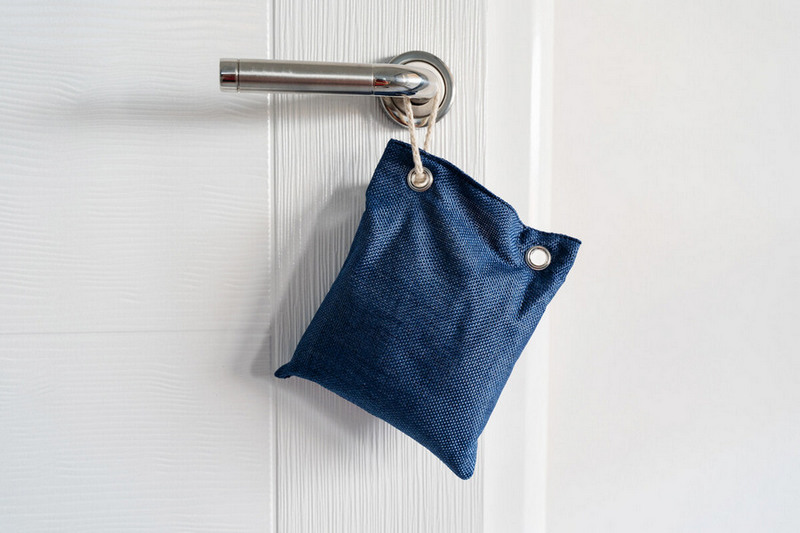
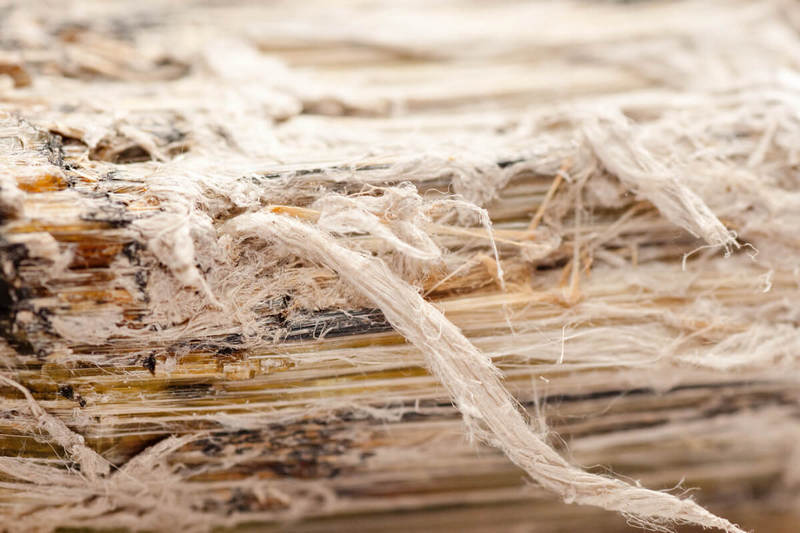
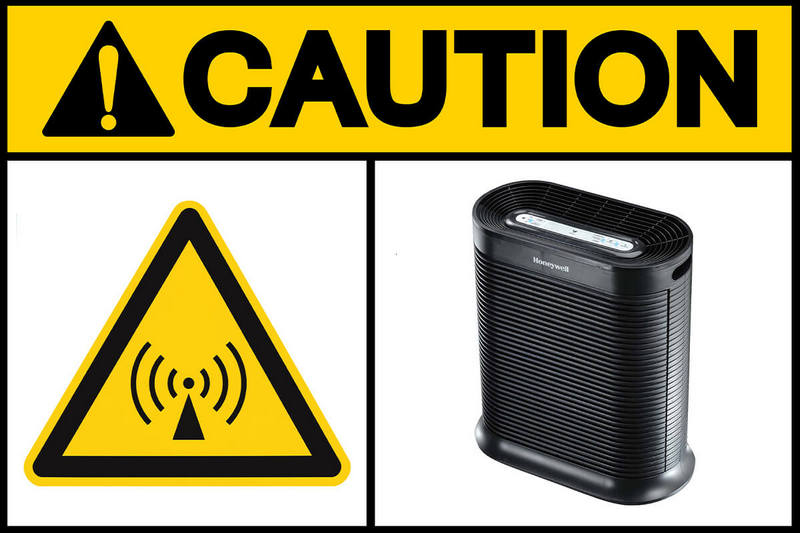
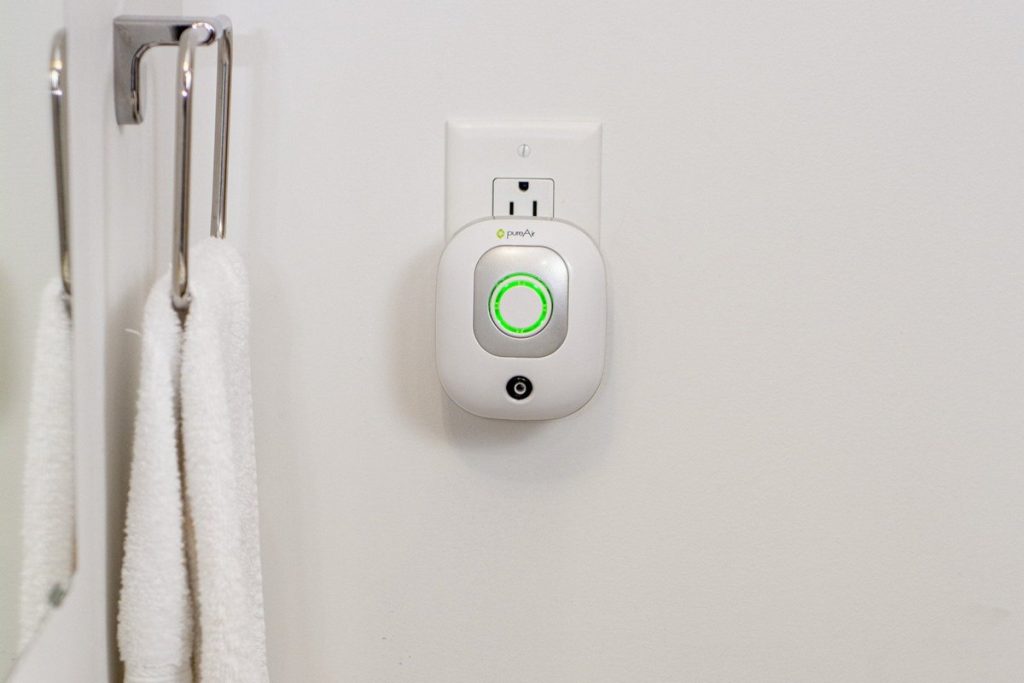

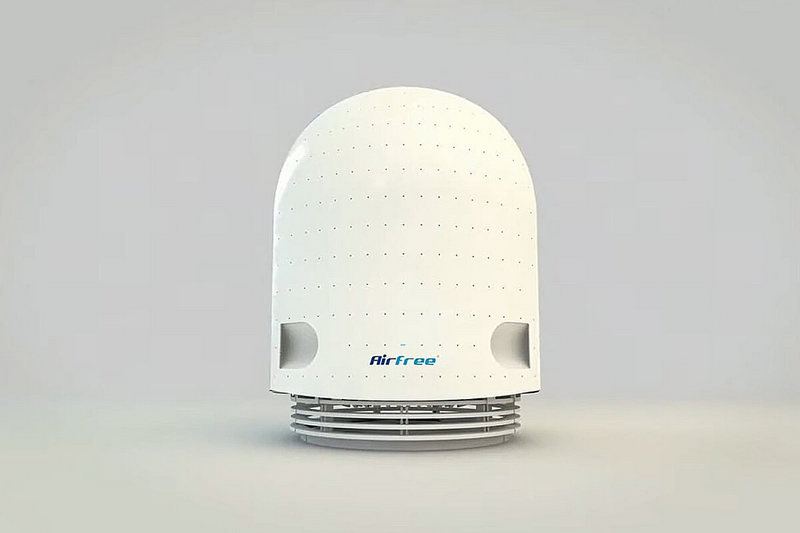

HVACGuides101 Staff: In the following statements from above: “Besides removing odor from the air, these bags also eliminate allergens like dust, pollen, and dust mite. These charcoal air purifiers also remove pathogens and chemicals that may be harmful to human health.”, a static bag of charcoal cannot remove dust, pollen or dust mites. It may attract these solids, but the charcoal cannot eat, absorb, or otherwise consume these particles, any more than a furnace filter can remove them. It may collect or trap these tiny particles, but they do not change them in any way. Nor can the sun dissipate or expel them away from the bag or charcoal mass. As far as I can tell, the sun merely allows any collected moisture to evaporate from the bag/charcoal, and then only when the relative humidity is sufficiently low to allow the moisture to vaporize into the air. Unless you are involved in actually marketing these charcoal bags, please reserve performance claims to facts that are scientifically plausible. Thank you.
Thank you for bringing up your concerns about the statements in my article.
Activated bamboo charcoal bags are indeed effective in capturing and trapping these airborne particles. The activated bamboo charcoal in the bag contains tiny pores that absorb and trap these particles, preventing them from circulating in the air. While it is true that the bag cannot eat or consume these particles, the trapped particles will not be released back into the air unless the bag is disturbed or exposed to strong air currents.
Regarding your comment on the effectiveness of sunlight in dissipating or expelling the trapped particles, it is true that sunlight does not have any direct effect on the particles trapped in the bag. However, the sun’s heat can cause the moisture in the bag to evaporate, which can help refresh the activated bamboo charcoal inside the bag. This process helps extend the lifespan of the bag and ensures that it continues to effectively capture and trap airborne particles.